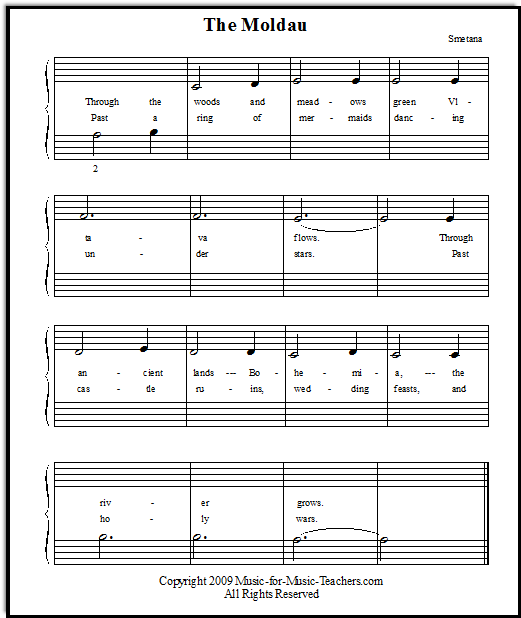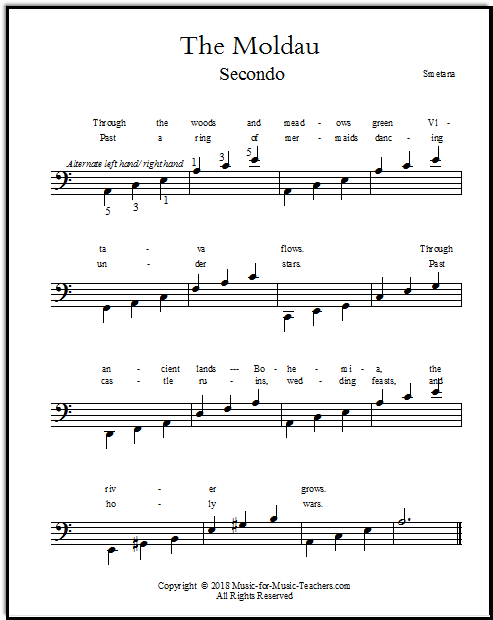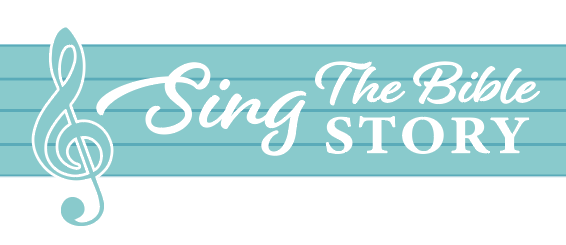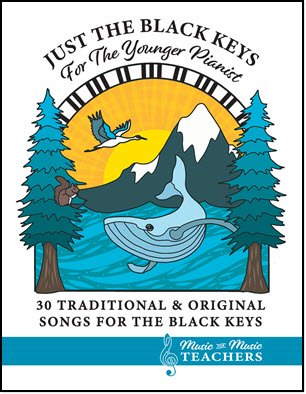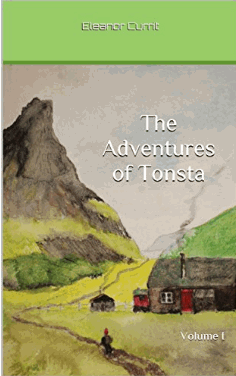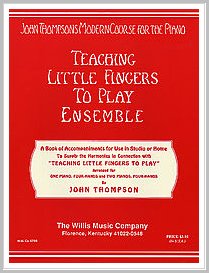The Moldau for Beginning Piano, Solo & Duet
The Moldau theme, now with an easy broken chord secondo part. This piece is one of the most beautiful -- and famous -- melodies in Romantic orchestral literature.
Even if you don't listen to much classical music, you are likely to have heard this piece if you have ever taken a music literature class.
In the following video, the most famous part of the Moldau theme enters at exactly 1:00:
In spite of the pretty melody line, I sometimes couldn't get little kids real excited about polishing the first level of this piece until I added words to it.
The mention of castles, mermaids, and old legends are just enough to engage the imagination of children and hook them into the intricacies of the melodic twists.
Here is my very easiest version of this melody, using notes that beginners should be very familiar with:
Please scroll down the page to find the links for downloading The Moldau.
And here is the new Secondo part. It is VERY SIMILAR to the secondo part of Greensleeves:
Please scroll down the page to find the links for downloading The Moldau.
The trickiest issue in this seemingly easy song
The TIMING. Unlike Common Time (4/4 or C), 3/4 time seems to feel UNNATURAL to many kids, and takes extra attention to count.
I have found over and over again that what looks like a very easy song turns out to be rather difficult, solely because of the 3 beats a measure. Or 6/8 time -- even harder!
Prepare them for the counting
Therefore, I prepare kids psychologically when I give them a piece in 3/4 timing:
"This may look easy, but it's going to be harder than you think, because of the 3 beats a measure. It may take a little extra time to get the rhythm down, but I think you are ready for it!"
And we count -- first, usually, in the lap or on the piano lid, each hand tapping its part, as we count aloud. Drumsticks (pens) are even better.
Make the assignment seem achievable
I might even give them just half the song at first, making a little check mark to show them how far I'd like them to go.
Perhaps I'll say, "Just go to the check-mark this week. You can explore farther if you really want to, but you don't have to."
This removes a great deal of pressure for some kids, who don't feel safe moving ahead too quickly.
Now add the beauty of the harmony...
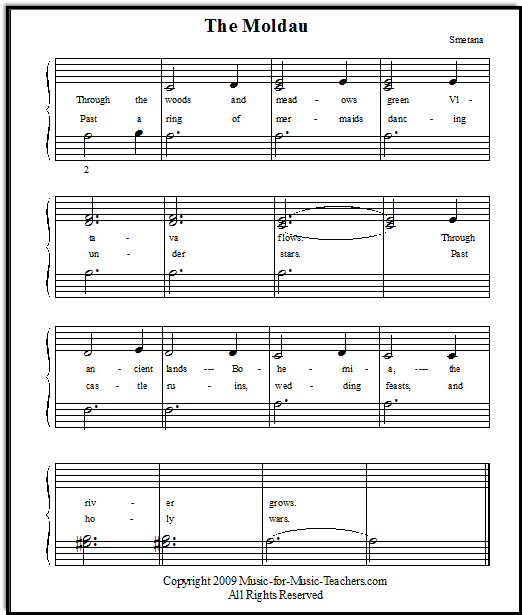
Please scroll down the page for the download links.
After getting quite comfortable with the melody and the rhythm, the next step is to add harmony.
The left hand here is easy at first, and immediately beautiful, with the fullness of the Am chord. But then the LH has what may be unfamiliar notes, and sharps!
Therefore, I suggest treating this piece as a duet at first; the student plays the RH, the teacher plays the LH. Then switch when they have gotten used to the sounds of the harmony.
You can also print them out one of the "note-reading worksheets" so the two of you can spend some time figuring out what each note is...
So what is "The Moldau"?
"The Moldau" (pronounce it "MOHL-dow," like "old cow") is actually the German name for the river memorialized by Smetana, a composer from Czechoslovakia (the Czech Republic, now).
Apparently the river Vltava flows through both Germany and what was once Bohemia (C.R.), and naturally, the world of music being what it is, it was the German name that stuck. (Think of Edvard Grieg's Norwegian songs, still sung mostly in German.)
Introducing young students to the classics
I like to introduce pianists to classical literature early on.
Even if they've learned only an easy version of a piece, they are more likely to want to listen to "difficult" or "serious" music later on if they have that moment of "Aha! -- I KNOW this music!"
The PDF links to the piano music:
Download free easy beginner sheet music The Moldau in Middle C position
Download Secondo duet part for The Moldau
Download free easy solo version with harmony
See all arrangements of this beautiful piece
The easiest arrangements:
For more complicated versions of this music for beginning piano:
- a late elementary/early intermediate version of this piece with simple broken chords,
- a short, early intermediate version with longer broken chords,
and my favorite,
Dianna:
Your website is a light in the darkness. THANK YOU for all you do in helping to spread the love of music. It matters!
Recent Articles
-
Favorite Christmas Songs: Duet Vocal Sheet Music
The best duet Christmas songs are those ones you knew & loved as a child! This set of 14 "a capella" carols arranged for 2 voices is just right for caroling! -
The Snowman Theme Walking In the Air: Lovely Piano Sheet
This sparkling piano arrangement of the main musical theme from The Snowman will win your students' hearts and imaginations, too, with its soaring beauty! -
Moonlight Sonata: How to Play Beethoven's Lovely Piece
Moonlight Sonata: How to play this beautiful but difficult piece full of black keys & triplets? With larger-than-usual notes, & letters inside the note heads! -
Classical Piano Sheet Music: a Set of Introductions
Classical piano sheet music - Fun, mostly one-page intros! Bach, Beethoven, Mozart & more - see what's new! -
Singing In a Round: "Come Away" Has Six Possible Parts!
Singing in a round is a fun challenge for voice students! This pretty song, "Come Away," can be sung with as few as 2 voices, or as many as 6. Free PDFs!!
Interested in songs from the Bible for your students or church? Check out my other website, SingTheBibleStory.com!
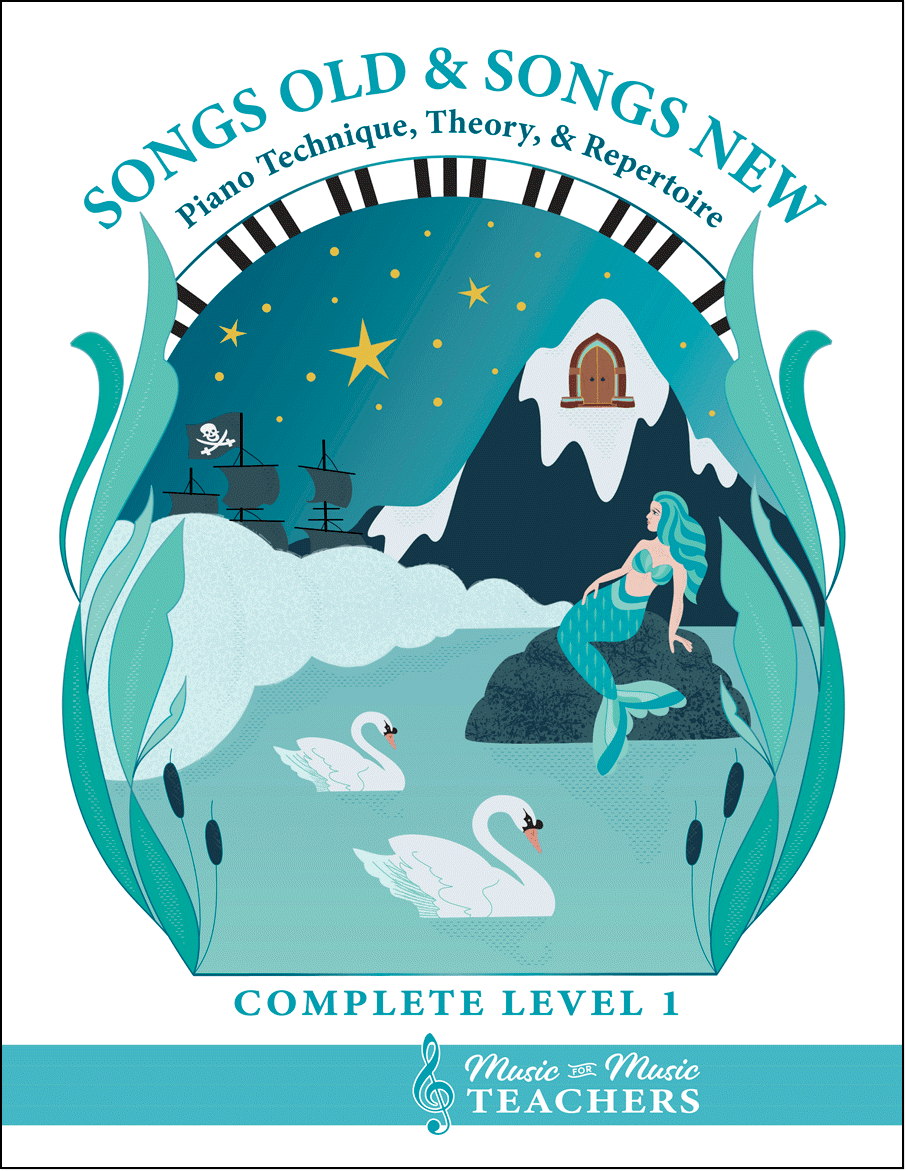
All the first-year material I give my beginner students.
Piano keyboard sheets, scales, chords, note-reading exercises, and over 256 pages of music!
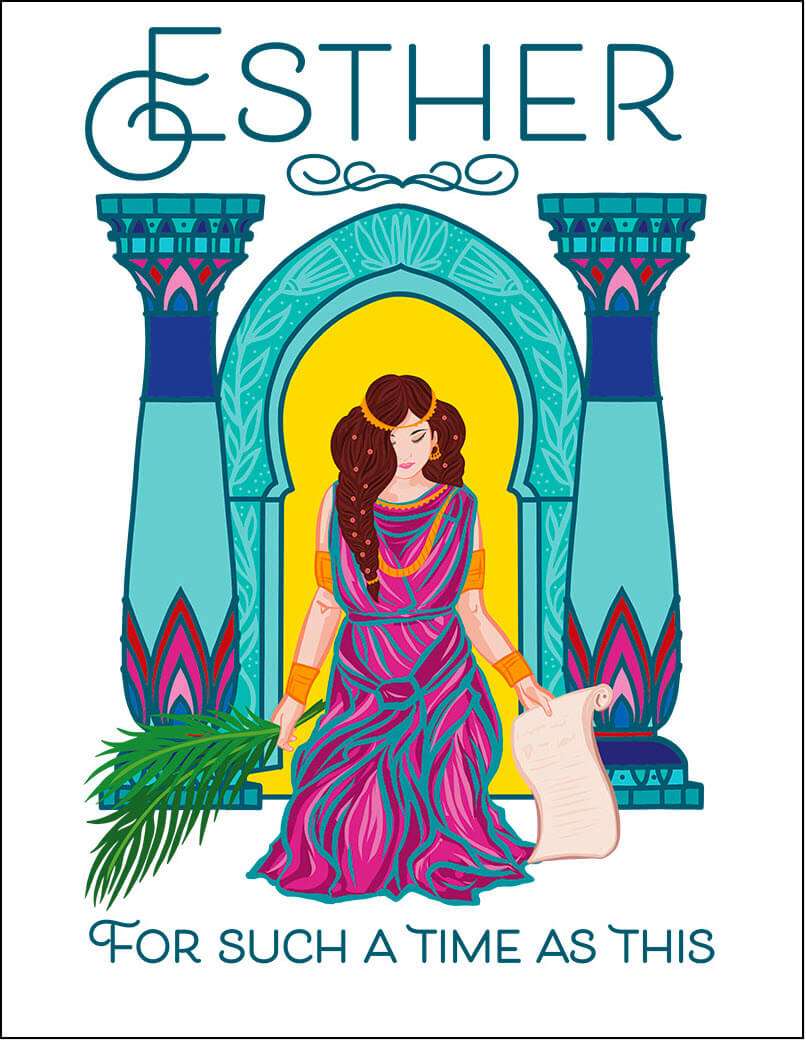
This beautiful song book for piano & voice "Esther, For Such a Time as This", available as a digital download, tells the riveting story of the time when Jews in ancient Persia faced a foe named Haman, and how a brave young queen risked her life to save her people.
A good choice for a singing story-teller, an operatic group, a short theater production, or a class of children!
This book is also available from Amazon as a paperback.
This book is available as a digital download from this site. Visit this page to see some free examples from the book.
It is also available from Amazon as a paperback!
This is the perfect easy start for little pianists.
And when they start reading white-key notes on the staff, this is a fun easy resource to say each week, "Choose a new black-key song at home this week and figure it out to show me next lesson!" They will be spending more time at the piano.
A perfect read aloud storybook
for little boys or girls.
The Adventures of Tonsta highlight the travels of a very young boy with a good heart, who goes about helping folk in trouble.
With a red cap on his head and a sack of tools slung over his shoulder, Tonsta seems to meet people in distress wherever he goes.
Lots of trolls in this book - including one who gives him a Christmas gift!
Kate:
I just wanted to thank you for providing music for music teachers.
I have two piano students, one of which is my little sister. This site has been such a blessing! Thank-you so much!
About the Author

Hi, I'm Dana! (Say that like "Anna".) I'm the owner of Music-for-Music-Teachers.com, and a newer site, SingTheBibleStory.com.
Like some of you, I've been playing the piano since early childhood, and have added a few other instruments along the way, plus an interest in arranging and composing music.
You can find out more about me and the reason for this website at my About Me page.
